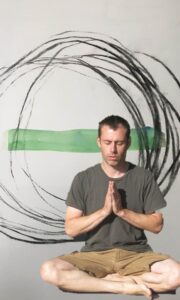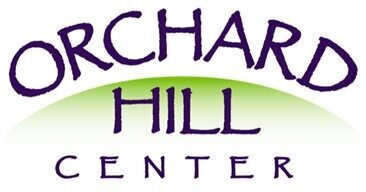by Deborah Metzger
The Courier News and Home News Tribune May 12th, 2009
 Breathing is the most basic function of human life. The body can live without solid food for 3 to 4 weeks, 2 days without water, but only 3 to 5 minutes without air.
Breathing is the most basic function of human life. The body can live without solid food for 3 to 4 weeks, 2 days without water, but only 3 to 5 minutes without air.
What we call life begins with our first breath in and ends with our last breath out and is the process of all the breaths in between. Most of us don’t realize that we are not getting the most out of the breath of life.
Here’s what happens when you breathe: Inside, we work something like a bellows. With each breath, the diaphragm — a strong sheet-like muscle attached to the bottom ribs — pulls down, the chest wall expands and air rushes in to fill the partial vacuum.
On exhalation, the diaphragm lifts, the rib cage contracts and the upper chest drops. Air is expelled from the lungs. We take in about a pint of air with each relaxed breath, about 14 times each minute.
In general, we breathe shallowly with only the top portion of our lungs. Nature provides us with the ability to take in seven times the amount of oxygen we normally inhale. So, take advantage of this capacity! Why not do it right now?
Take a deep, full breath. Exhale it slowly. Do it again. And again. Visualize with each inhalation how the air nourishes each part of your body and with each exhalation, imagine that all negative thoughts and tired feelings are leaving the body. Always exhale more slowly than you inhale.
Already, you may notice that you feel calmer, more relaxed. The practice of this simple exercise every time you become tense will begin to improve your sense of well-being.
For thousands of years, the philosophy of yoga has held that control of ‘vital breath’ is the key to good physical health and to calm, clear thinking. Ancient yogis understood the powerful connection between body and mind and made it into a science.
This branch of yoga is known as pranayama – “prana” being the vital life force, “ayama” being mastery or control of).
There are many benefits to including these breathing techniques as a part of your daily life. Yoga breathing exercises are most effective in helping people cope with stress, increase their energy level and recover from fatigue.
Pranayama strengthens the abdominal muscles, diaphragm, heart and lungs, and improves digestion and elimination. Think of it as giving yourself an internal massage! Pranayama can also be helpful in reducing smoking or overeating.
These breathing techniques can be practiced anytime and anywhere to rapidly reduce tension and anxiety.
The Abdominal Breath, or natural breath, is a basic breathing technique.
Here’s what you do: Lie on your back or sit comfortable with your spine elongated and place your hands on your abdomen, fingertips just touching over your naval. Allow the muscles of your face and shoulders to relax. Soften the belly.
Inhale slowly and deeply, letting your abdomen expand like a balloon (No one is looking; let that belly of yours expand into its full and rounded glory!). Your fingertips will slightly separate and you’ll feel your abdomen expanding if you’ve got it right.
Let your abdomen fall as you exhale slowly, like the balloon deflating. Your fingertips will touch again as your abdomen contracts. You can even press gently to squeeze out more of that old stale air.
Repeat!
You have now become re-acquainted with the abdominal component of your breath with which you were born. Don’t worry if it doesn’t come easily right away or if you find yourself forgetting most of the time — you’re working with an old, established habit. Simply create an intention to breathe more deeply more often.
So, whenever you remember, take a deep breath! Deborah Metzger is the founder and director of the Princeton Center for Yoga & Health.
